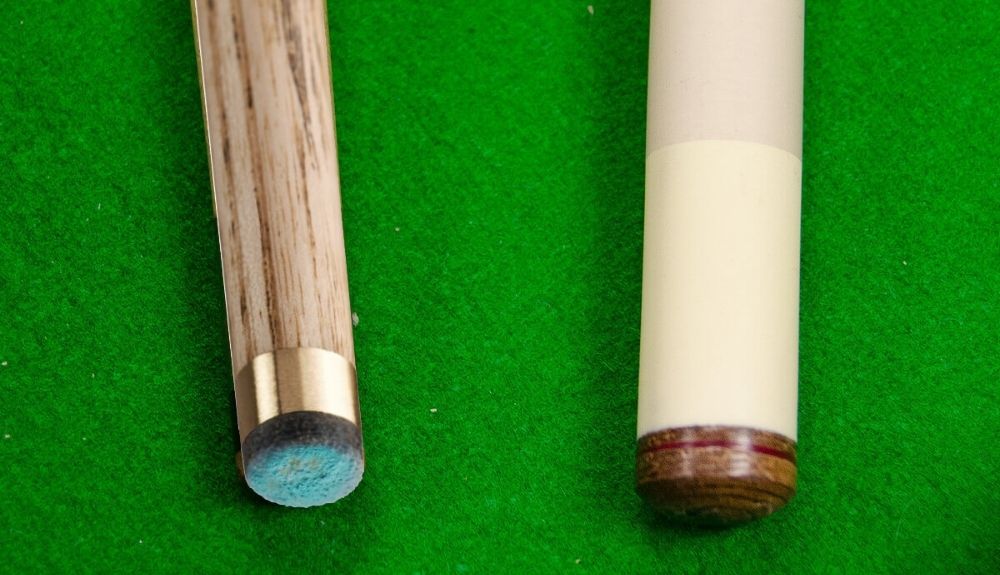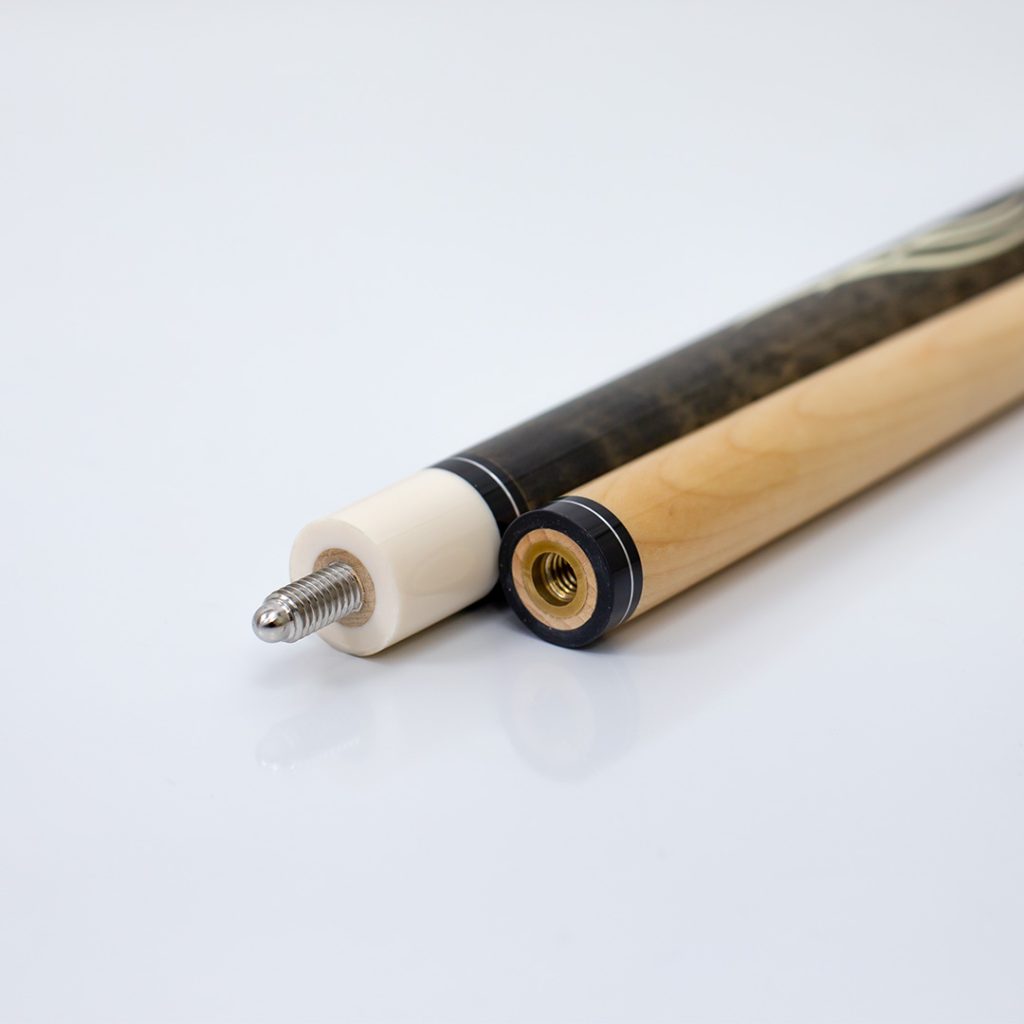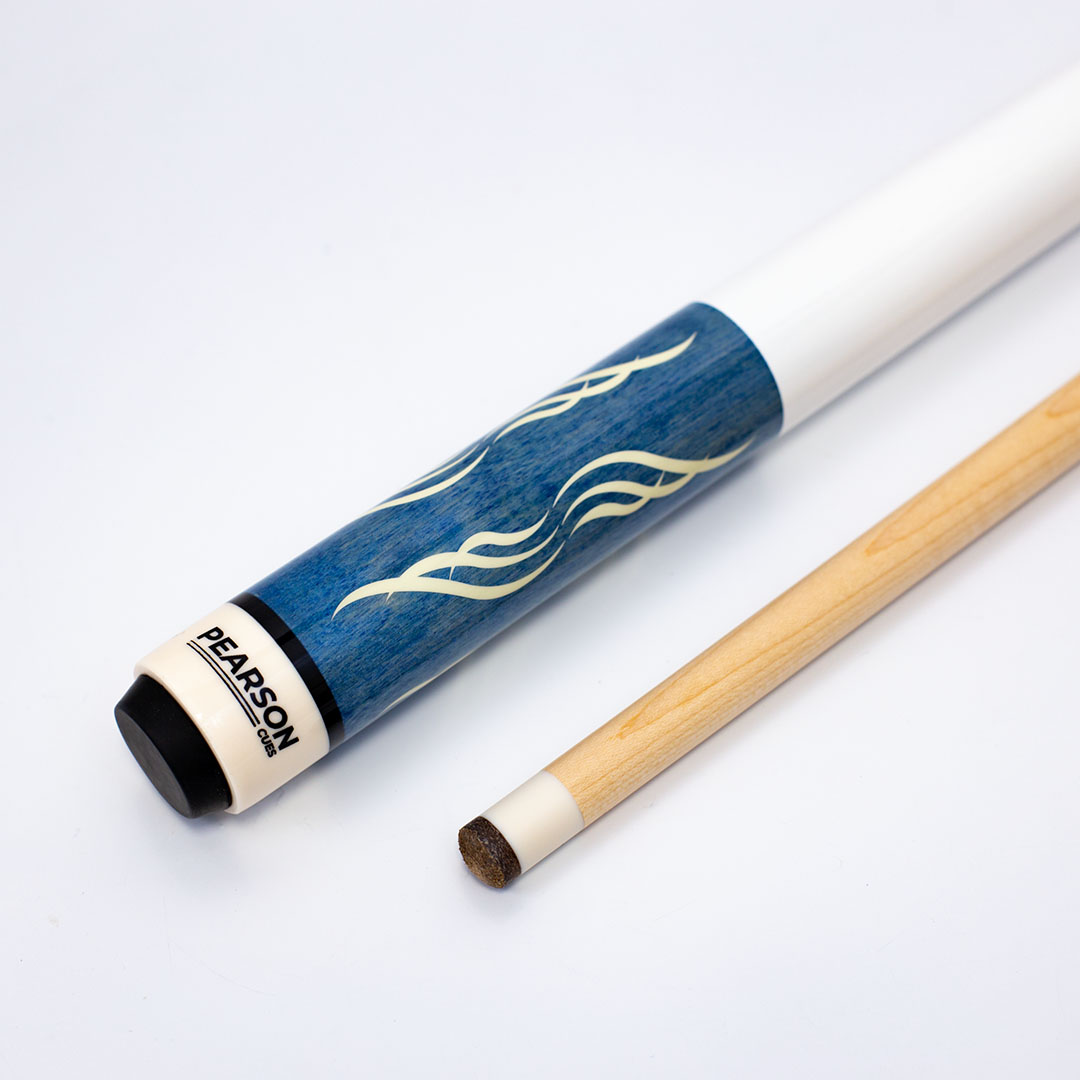What separates the amateurs from the professionals in the world of cue sports? The answer, in part, lies in the seemingly small, yet incredibly impactful, world of cue tips.
The seemingly simple tip of a cue stick plays a pivotal role in the performance of professional players across various cue sports like pool, billiards, and snooker. These tiny pieces of equipment, often overlooked by casual players, are meticulously chosen and maintained by the pros. They are integral to the precision, power, and overall control that define elite-level play. From the composition of the tip to its hardness and size, every detail is carefully considered to maximize performance.
Many enthusiasts often wonder about the specific choices made by the professionals. Hello guys, im nick and i would like to ask u all what kind of tips do the professionals use?" poses a common question. The world of professional cue sports is filled with variables, but there are patterns and preferences among the top players that can offer valuable insights to both aspiring players and those looking to improve their game. The choices made by professionals are not arbitrary; they are driven by performance needs and a deep understanding of how these small components impact the overall outcome of a shot.
The choice of a cue tip isn't a matter of luck but a calculated decision. As the game continues to evolve, the technology and choices available to players continue to grow. The evolution of cue tips, from single-layered leather to multi-layered, high-tech materials, demonstrates the constant pursuit of enhanced performance. This article delves into what separates the professionals from the amateurs, from the choice of the best tip, hardness, and material, to offer an in-depth view of the crucial factors in professional cue sports. Ultimately, the goal is to provide a clearer picture of what pros use to reach the pinnacle of their sport.
One of the fundamental aspects to consider is the material composition of these essential tools. The majority of professional cue tips are crafted from leather. This material is prized for its natural properties, which provide a perfect balance of firmness and elasticity. The natural characteristics of leather allow for optimal grip on the cue ball, enabling players to impart spin and control with greater accuracy. The selection of leather isn't random; it is a conscious choice by manufacturers and players. The leather's quality and the way it is processed directly affect the tip's performance.
However, the modern world of cue tips has expanded beyond traditional leather. The demand for consistency and performance has led to the rise of layered tips. These tips, composed of multiple layers of leather, are designed to provide greater consistency in performance and a longer lifespan compared to single-layer tips. Brands like Kamui, Moori, and Tiger, are prominent in the layered cue tip market.
Understanding the nuances of cue tip composition is vital, the next crucial aspect is tip hardness. "What cue tip hardness do pros use?" is a question that reflects the importance of this attribute. The hardness of a cue tip is measured on a scale. This influences how the tip interacts with the cue ball. A harder tip generally provides more power and less deflection. Softer tips, on the other hand, offer greater grip and control, making it easier to impart spin and execute more complex shots. The choice between soft and hard tips is often dependent on individual playing styles.
Professional players tend to choose tip hardness based on their preference and the type of game they are playing. Some professionals are known to use harder tips for more power shots. Others may prefer softer tips for greater control and finesse. Finding the right cue tip hardness is a matter of experimentation and understanding the dynamics between the tip, the player's style, and the game itself.
Cue tip size is another factor that plays a key role in the world of professional cue sports. The size of the tip impacts both the feel of the shot and the degree to which the player can control the cue ball. The tip's diameter influences how the player interfaces with the cue ball. This is particularly true in snooker, where the size of the balls and the table dictates the size of the cue tips. In snooker, where the game is played on a larger table with smaller balls, professionals often utilize even smaller cue tip sizes, typically ranging from 9.5mm to 10.5mm. In pool, where the balls are larger, the tip sizes are also generally larger, with many professionals using a 12.25mm tip.
The size of the tip is also closely linked to the player's style. For instance, players who prioritize power may choose a larger tip. The choice is not only dependent on the game being played but also on the individual's playing style.
The dome or shape of the cue tip is another factor. The more the tip has taken a "mushroom" shape from use, the more it changes the way it plays. If the tip has become more mushroomed, it may increase the amount of sidespin or "english" that can be applied to the cue ball. In contrast, some players prefer tips that maintain a flatter shape, which can provide more consistent contact with the cue ball.
The maintenance of a cue tip is just as important as the initial selection. The cue tip will wear down with use and will require proper maintenance to maintain its performance. Regular maintenance includes shaping the tip, to keep the shape of the tip. Also, the tip needs to be replaced when it becomes too thin or has worn down to an unacceptable level. A cue tip in good condition ensures optimal cue ball contact, helping the player maintain control and precision. This level of attention to detail is standard among professional players.
The choice of the best cue tip is a combination of factors: material, hardness, size, and maintenance. Professional players have their preferences and specific requirements. The variety reflects the game itself. The players experiment with different brands and types of cue tips to discover what works best for them.
The evolution of cue tips is an ongoing process, with manufacturers continuously exploring new materials and designs to enhance performance. The choices made by top players influence the entire industry. When considering what cue tips do professional snooker players use, understanding the material composition of the cue tips is important. The majority are crafted from leather, prized for its natural properties that provide a perfect balance of firmness and elasticity.
As mentioned earlier, professional snooker players tend to use cue tips sized between 9.5mm and 10mm. However, it's crucial to note that individual preferences can vary.
Understanding the cues used by professionals is a window into their peak performance. Cues arent the only recipe to win pool games, but they impact your overall performance. Knowing what pool cues professionals use is a clue to understanding what contributes to their peak performance.
The importance of cue tip hardness in professional play in the world of pool, billiards, and snooker, cue tip hardness plays a crucial role in the game.
The top professionals use a variety of tips, but, at the moment, century pro cue tips are proving a very popular variety with the top snooker players.
Here are some expert tips to help you find the perfect cue tip:
- Experiment with different brands and types of cue tips to discover what works best for you.
- Pay attention to the diameter of the cue tip.
In pool, a lot of the focus is on pool cue tip sizes.
So, what size cue tip do the pros use?
Well, a lot of this is going to be dependent on the player.
In fact, our number 2 and 3 picks are more commonly used by professionals with mark williams being known to use century pro tips and john higgins known to use kamui tips.
When selecting a cue tip, it's essential to consider your playing style, personal preferences, and the type of cue you use.
Many pros use the cue tip that is available during a particular game, as provided by the club or as part of a sponsorship deal.
The tip sizes used in cue sports tend to be in proportion to the size of the balls being used in any particular game. The larger the ball the thicker the cue needed to play the game. Using a small cue shaft with a large ball will cause the shaft to bend off line to a greater degree.
From what i believe they prefer larger tips around 10mm, is that right ?
Each professional snooker player have no doubt had their cues serviced and their tips are played in and ready for their chance to become the world snooker champion for 2017.
Most professional players use layered tips in this day and age. The more popular brands are kamui, moori, and tiger just to name a few.
To the best of my knowledge, ronnie o sullivan,john higgins,steve davis,ding junhui,neil robertson,mark selby use talisman tips whereas stephen hendry,shaun murphy,joe perry,marco fu,stuart bingham use the single compressed tips like mike woolridge or elkmaster.



Detail Author:
- Name : Lorine Balistreri
- Email : bridie20@hotmail.com
- Birthdate : 2004-02-17
- Address : 1263 Schimmel Expressway Verdamouth, OR 28424-7960
- Phone : +1-310-376-6133
- Company : Bashirian, Miller and Sawayn
- Job : Tractor Operator
- Bio : Sapiente maxime quod qui. Rem quia repudiandae nisi velit necessitatibus. Rerum accusamus laborum in sint facere ea et ipsum.